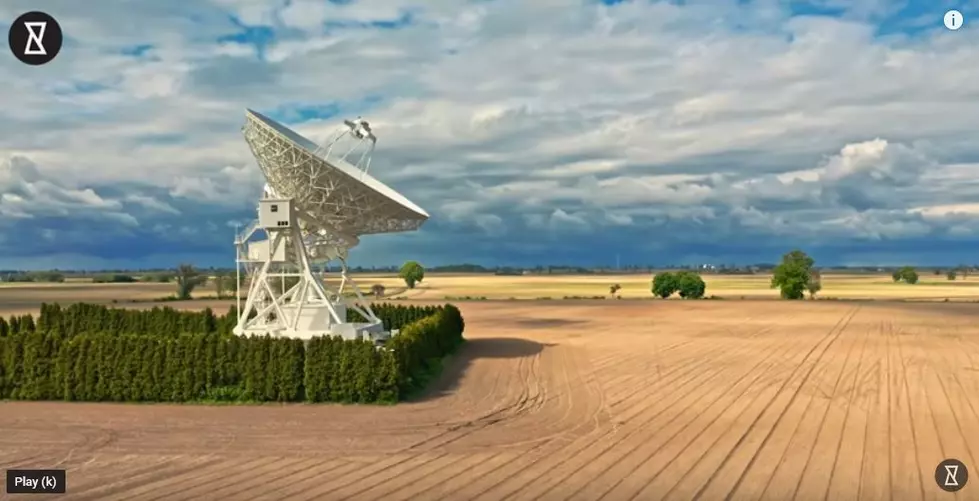
Earth Gets Ready for Biggest Solar Storm in Five Years
A huge solar flare that could disrupt power grids, GPS, satellites, and airplane flights is headed for Earth. Forecasters believe we will start seeing the effects of the space storm as early as tonight.
It all started Sunday evening with a huge solar flare associated with a burst of solar wind and plasma, know as a coronal mass ejection (cme), blasted toward Earth at more than 4 million miles per hour. Another solar flare and CME occurred Tuesday and set off both a geomagnetic, and solar radiation storm. NASA says this second storm is in the "Potent X" class, and is growing larger as it hurtles towards Earth. The last time the sun released a storm of this magnitude was 2007. According to the Space Agency's website,
The sun erupted with one of the largest solar flares of this solar cycle on March 6, 2012 at 7PM EST. This flare was categorized as an X5.4, making it the second largest flare -- after an X6.9 on August 9, 2011 -- since the sun’s activity segued into a period of relatively low activity called solar minimum in early 2007. The current increase in the number of X-class flares is part of the sun’s normal 11-year solar cycle, during which activity on the sun ramps up to solar maximum, which is expected to peak in late 2013.
Though, some experts are worried that with the world being more reliant on GPS and satellite technology now than during the last solar maximum, more inconveniences to modern life are likely to occur.
Space storms are nothing new. The first major solar flare was recorded by British astronomer Richard Carrington way back in 1859.
Other solar geomagnetic storms have been observed in recent decades. There was a huge solar flare back in 1972 that cut off long-distance telephone communication in the midwestern state of Illinois.
There was another flare back in 1989 that "provoked geomagnetic storms that disrupted electric power transmission" and caused blackouts across the Canadian province of Quebec, the US space agency said.
Experts do not believe we are in any physical danger, but more storms will be coming our way. In the meantime, people living closer to the poles will see some really impressive light shows over the next few nights. Here's video from the NASA Website...
More From Eagle 106.3



![Bowyer Wins the Race, Gordon Races into the Chase, and Karma Catches Kyle [VIDEO]](http://townsquare.media/site/171/files/2012/09/clint-bowyer-sept-2012-151622343.jpg?w=980&q=75)


![Deep Fried Jambalaya Takes the Prize at State Fair of Texas [VIDEO]](http://townsquare.media/site/171/files/2012/09/fried_jambalaya_msnbc_msn_dot_com.png?w=980&q=75)
![When a Threesome Goes Bad [POLL]](http://townsquare.media/site/171/files/2012/09/mindi-and-david-rice-facebook.jpg?w=980&q=75)
![If the Presidential Election Were Held Today, Who Would You Vote For? [POLL]](http://townsquare.media/site/171/files/2012/09/romney-obama-side-by-side-feature.jpg?w=980&q=75)
